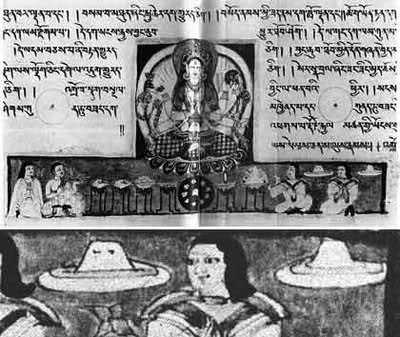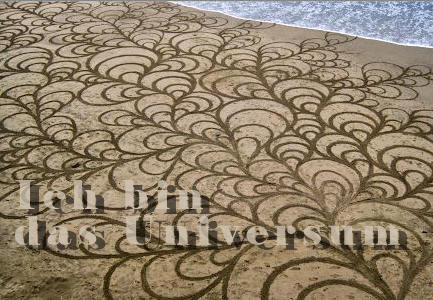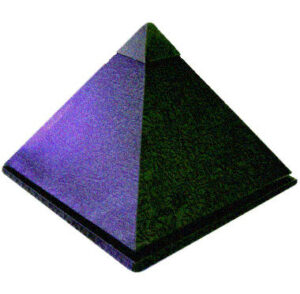Montalk writes in a series of articles about the spiritual and material technology used since ancient times by alien and human beings to dominate the half-sleeping population. “Dawn of a New Cosmic Day” is the 7th article in this highly interesting series.
Demiurgic Weaponry in Indian Mythology
 After the Atlantean and subsequent cataclysms, technologically advanced survivors fractured into various populations that colonized separate areas around the globe. Wherever they went, they commandeered the local native population. It was typical for a small number of fair skinned elite to rule over a vast population of darker skinned primitives.
After the Atlantean and subsequent cataclysms, technologically advanced survivors fractured into various populations that colonized separate areas around the globe. Wherever they went, they commandeered the local native population. It was typical for a small number of fair skinned elite to rule over a vast population of darker skinned primitives.
One group of survivors colonized Northern India and became the Indo-Aryans, whose symbol was the swastika. They impressed upon the natives the foundations of the Vedic culture, which included the caste system, complicated metaphysics, technological instructions, and myths encoding the antediluvian history of their people. They took up elite roles as scientist-priests, known as Brahmins, and were the earliest of the Brahmin kings. The same pattern played out elsewhere with the Chinese, Celtic, Meso-American, Sumerian and Egyptian cultures.
The Indo-Aryan culture contributed significantly to what was later woven into the two major Indian epics, the Mahabharata and Ramayana. Like the Old Testament, there is a layer of technological information embedded in these myths. As is well known, the Indian epics contain detailed information on flying vehicles called Vimanas. Another example is the divine weaponry employed in their wars, which are fundamentally demiurgic in operation.
Professor Jarrod Whitaker wrote an interesting paper systematizing the use of demiurgic energy in divine weaponry:
In no other mythological corpus is the concept of divine weapons more developed and more complex than in the two Indian epics.
The divine weapons cannot be properly understood without a comprehensive examination of the concept of tejas or “fiery energy.” [B]ecause tejas govern the way the divine weapons operate in the mythology, the primary aim of the following paper is to outline its “intrinsic laws” and to codify them systematically into a working model.The fire of the divine weapons is not the element itself, but the more subtle energy-substance tejas or “fiery energy”. These are not weapons of fire per se, but weapons of energy.
The Sanskrit word derives from the root tij- meaning “to be sharp”. […] By the time of the Upanisads, tejas surpasses other energy-substances while incorporating their diverse roles. It becomes the central creative principle of the supreme god, and furthermore, the energy of all movement and activity (rajoguna) in the universe. It is further ascribed to be the subtle essence of the Hindu atman or “soul”, and thus “is the ever-changing energy which passed on along the downward current of evolution and taken back into evolution.”
(Whitaker, Divine Weapons and Tejas in the Two Indian Epics. Indo-Iranian Journal, 2000. Volume 43 #2, pp. 87-113)



